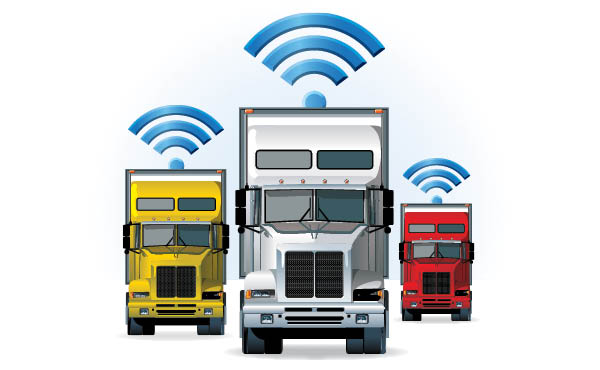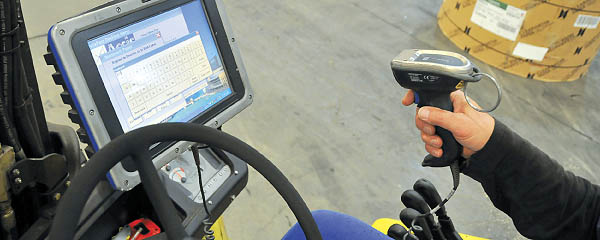Articles
Logistics I.T.

Can Your Global Supply Chain Withstand a Crisis?
Natural disasters, fluctuating oil prices, and other global factors continue to disrupt the flow of essential equipment and goods for manufacturers worldwide. For many companies, it has triggered a critical question: Can our organization’s supply chain withstand a major upheaval? It is an important question, because the flow of money through a supply channel determines […]
Read More
Trucking Communications: Goin’ Mobile
Mobile communications technology signals new productivity gains for truckers.
Read More
Managing Mobile Devices By Remote Control
Far-flung warehouses in western Canada created mobile device upgrade issues for wholesaler Federated Co-operatives Limited, but remote support solutions provided instant access.
Read More
Collaborative Visibility for Optimum Efficiency and User Experience
Q: Why is collaborative visibility important? A: Supply chains have become extremely complex and fluid. The number and variety of products has exploded, lifecycles have shrunk, and interdependencies between organizations are at an all-time high. Natural disasters such as Japan’s tsunami in March 2011 showed that a major global event can have a far-reaching impact […]
Read More
With WMS, Small Businesses Can Do It All
Q: How can smaller companies respond to the supply chain demands of their large customers? A: The best way for suppliers to respond is to manage their own segment of the supply chain as efficiently as possible. They must optimize their inventory and distribution operations by applying the proper resources—human, financial, and technological—to drive excellence […]
Read More
Choosing the Right WMS For Your Business
Q: The WMS selection process seems to be based on spreadsheets and feature-driven lists of requirements. Is this the best place to start? A: Many consultants and professional organizations suggest companies can select a WMS by reviewing standard feature lists, conducting a conference room pilot, and adding customization as needed to deliver the design and […]
Read More
Wireless Workstations Unplug Savings
Thanks to wireless technology, carts with on-board power supplies are opening new frontiers of efficiency, productivity, and profitability in distribution centers (DCs). These mobile- powered workstations (MPWs) carry computers, bar-code scanners, and printers, reducing paperwork and operator travel. DC employees can waste countless hours walking to and from deskbound computers to perform tasks such as […]
Read More
Mobile TMS Applications Improve Supply Chain Visibility
Online applications for mobile devices are emerging in ways that can finally close or reduce many of the information gaps in the supply chain between transportation planning, the shipping/receiving dock, customers, and even accounts payable. These mobile applications are enabling shippers to interface directly and more effectively with logistic partners; access logistics information in non-traditional […]
Read More
Discovering the Value of Analytics
Many companies are building analytics strategies, which use data to facilitate better decisions. To develop improved analytics strategies, consider the three different types of analytics: descriptive, predictive, and prescriptive. Each type uses data in a different way to provide a different type of value. Descriptive analytics: Using data to improve how you describe or report […]
Read More
Data Warehousing System Puts an End to Paperwork
Paper distributor and converter Roosevelt Paper wraps up manual information processes, and implements an automated data collection and management system to streamline operations.
Read More